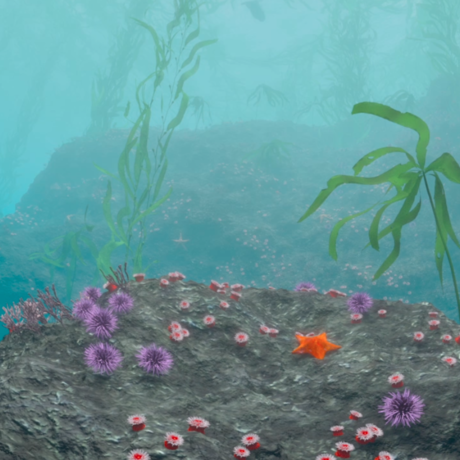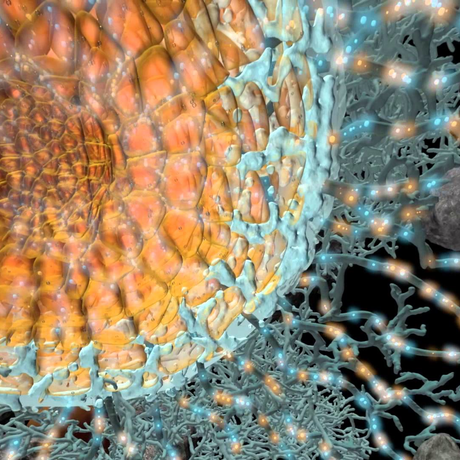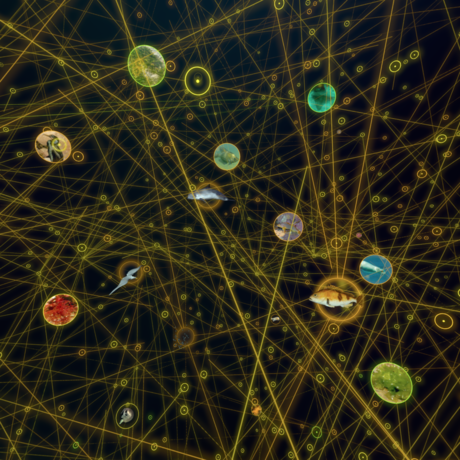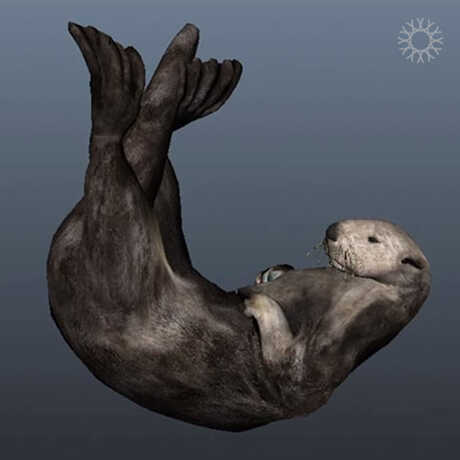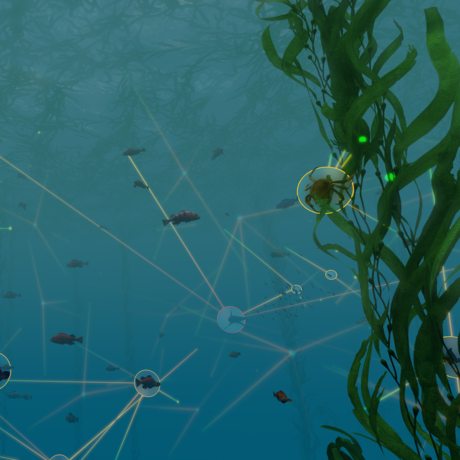Science News
Constructing Habitat Earth
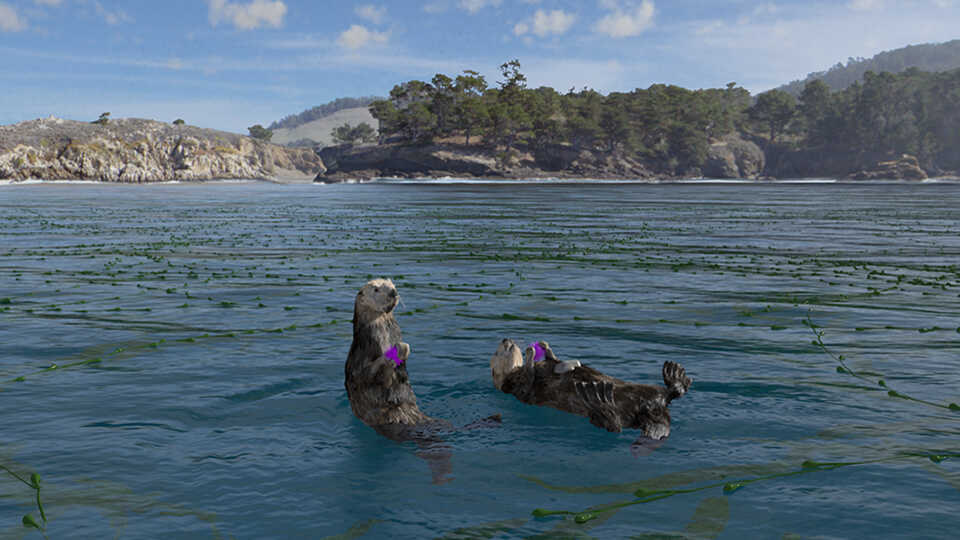
Mike Schmitt is the digital media supervisor for the Visualization Studio here at the California Academy of Sciences. That title is a mouthful, so for the production of Morrison Planetarium’s new show Habitat Earth, think of him as a general contractor, the person who manages the day-to-day operations on a construction site. “I was in charge of the technical aspects and all of the visual effects throughout the show, making sure nothing fell through the cracks, that the director was happy with the work, and I had input in the design and artistic creation, but let the artists really control their work.” He says he built the foundation and walls but let the other artists build each of the rooms. “I really enjoy working that way,” he says.
He also set the pace—of the show, that is—determining the length and timing of shots, words, and transitions. “I really enjoyed turning the script into moving images,” he says. Part of that involved designing shots along with the sound, a task he likens to choreography. He also determined the “camera path” for the majority of shots in the show. For a production generated mostly using computer graphics, there’s no actual camera, but Mike’s work with a virtual camera allowed him to determine what viewers would see in many of the shots. “A virtual camera to take pictures of virtual places,” is how Schmitt describes it.
Schmitt is very comfortable in his role as “general contractor” because “I’ve been doing it for so long,” he says. He co-owned two visual effects companies before joining the Academy several years ago, and Habitat Earth is his fourth production here. “I like helping others bring a project together and to be involved with everything.” In his position he’s able to keep an eye on the whole show, and not just one piece of it. He also learns from the other artists along the way.
The biggest challenge for Schmitt in this recent production was developing the script alongside the visuals—but it was a challenge in a good way. “It was interesting and fun for the visuals to inform the words and vice-versa. And not just the words, but visuals that helped to develop concepts, too. I really love the freedom [director] Ryan [Wyatt] gives us. We’ve honed a process over the years of developing the script from the bottom up. It’s a process to visualize everything we see and hear along the way.” A process that elicits a fully-built, beautiful, engaging and educational result.
